
This would be the first available oral suspension of lamotrigine, offering a key new delivery option with an easily manageable dose for patients with epilepsy.

This would be the first available oral suspension of lamotrigine, offering a key new delivery option with an easily manageable dose for patients with epilepsy.
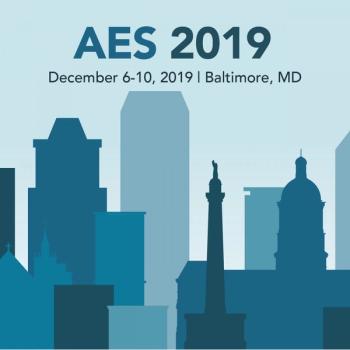
NeurologyLive will be providing live coverage of AES 2019 from Baltimore beginning Saturday, December 7.
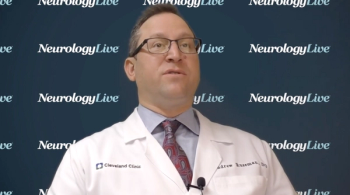
The medical director of the Comprehensive Stroke Center at Cleveland Clinic described the effects of limited medical resources on patients who have risk factors for stroke.

The RightEye Vision System is able to use eye-tracking technology to identify ocular tremors that persist for patients with Parkinson disease and might not only aid in easing the process of diagnosis but could potentially allow for the earlier identification of the disease.

Patients who were administered levetiracetam, fosphenytoin, or valproate saw similar improvements in seizure reduction and responsiveness.

Both the busy clinician and the overwhelmed patient benefit from a pointed approach to disease management.

The anti-CGRP treatment from Teva was associated with reductions in the use of migraine-specific headache medication, migraine-associated symptoms, and any acute headache medication use compared to placebo.

Diagnoses have increased with disease awareness, highlighting a great need for markers to help influence treatment decisions.

A growing emphasis on access to care and ease of use drives a digital revolution in the treatment of mental comorbidities in multiple sclerosis.
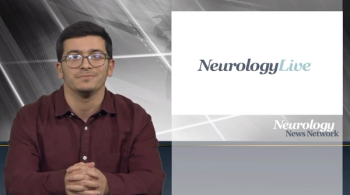
Neurology News Network for the week ending November 30, 2019.

The Chairman of the Neurological Institute at Cleveland Clinic spoke to the differences between deep brain stimulation and focused ultrasound, as well as how they can be utilized to complement one another.

The assistant professor of clinical neurology at Keck School of Medicine University of Southern California in Los Angeles sat down with NeurologyLive for a Q&A discussing using steroids as treatment for multiple sclerosis.

The novel formulation of edaravone, which was approved in May 2017, will be assessed in a cohort of 150 patients with amyotrophic lateral sclerosis for 48 weeks of treatment.

The benefits of a multidisciplinary hub for disease management can mitigate the costs.

With Theranica’s Nerivio Migra acute migraine device named a top invention of the year, three experts in migraine shared their insight into its clinical application in the early days of its availability, with varying experiences.
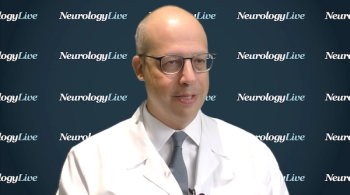
The Chairman of the Neurological Institute at Cleveland Clinic shared his experience with telemedicine and how he foresees it supplementing the current care offered in movement disorders.

Although there are no cures for MS at present, the treatment landscape has changed significantly, with over a dozen approved disease-modifying therapies (DMTs) representing multiple classes of agents with different mechanisms of action.

Top line results from the phase 3 trial of sovateltide in patients with acute cerebral ischemic stroke are expected by mid-2020.
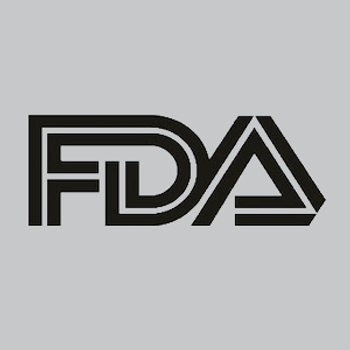
The label update includes adjustments to the withdrawal risk section and a new subsection for its use in specific populations.

Midazolam nasal spray CIV, marketed under the brand name Nayzilam, is expected to become available in retail pharmacies early next month after its approval for the treatment of intermittent, stereotypic episodes of frequent seizure activity in epilepsy.
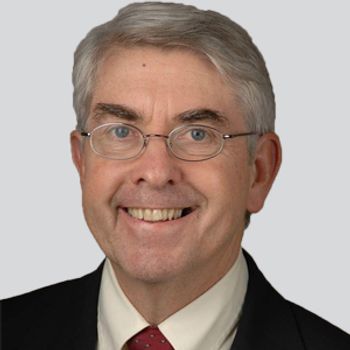
The private-public partnership aims to share patient data in hopes of uncovering new biomarkers related to Parkinson disease.
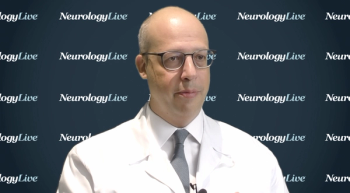
The Chairman of the Neurological Institute at Cleveland Clinic discussed getting patient referrals for deep brain stimulation and how often patients miss the window during which the treatment could offer them benefit.

The use of cerebrospinal neurofilament light chain and TAR DNA‐binding protein 43 in tandem may offer stronger biomarkers for amyotrophic lateral sclerosis diagnosis, with NfL also offering a measure of disease progression.

Fenfluramine is set for priority review by the FDA with a PDUFA date of March 25, 2020.
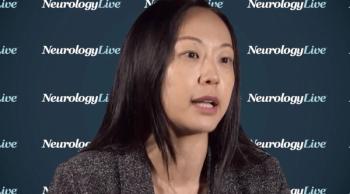
The senior research scientist at Kessler Foundation offered her personal experience in treating spatial neglect in patients with stroke and potential future treatments on the way.

After receiving a complete response letter from the FDA in January, Sunovion Pharmaceuticals has resubmitted its NDA for apomorphine sublingual film, also known as APL-130277.

The FDA set a PDUFA date for risdiplam of May 24, 2020. The full 12-month data from the SUNFISH trial are expected to be presented at an upcoming medical meeting.
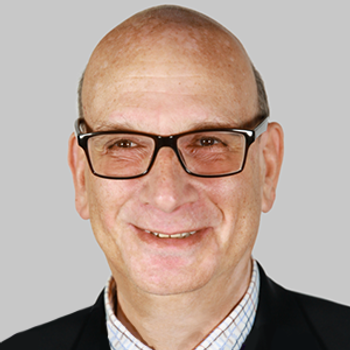
The chief medical officer at SK Life Science discussed what the sodium channel antagonist will offer those treating partial-onset seizures.

Neurology News Network for the week ending November 23, 2019.

The approval is supported by several studies which demonstrated the drug’s bioequivalence to Rilutek, the liquid riluzole formulation marketed by Sanofi.